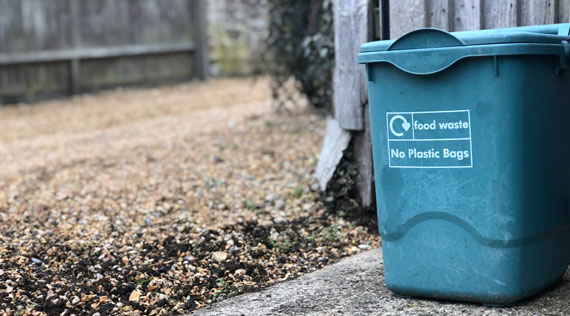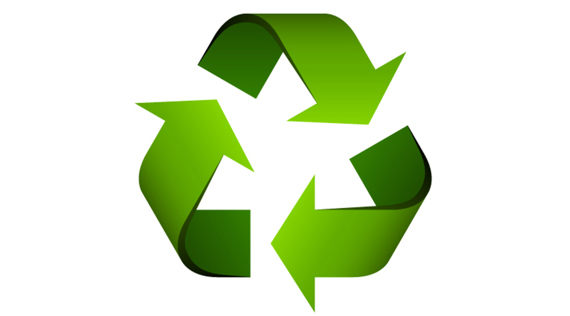HARTFORD — Changes in the recycling market internationally are pinching Connecticut cities and towns, turning one-time revenue streams into massive costs almost overnight.
Where towns were previously able to recover some of their waste disposal costs through revenue generated by recycling programs, there is no longer a viable way to process and sell materials.
Earlier this year, three of the state’s largest cities saw a recycling revenue stream turned into an expense.
Bridgeport went from $130,000 in revenue from its recyclables to a projected $394,380 in expenses. Stamford generated $95,000 in the current fiscal year and will now pay $700,000 to a company to process its materials, and Waterbury will be moving from $15,000 in revenue to a $330,000 expense.
“Municipal officials believe that this recycling crisis will not be resolved quickly,” say officials from the Connecticut Conference of Municipalities.
Reagan Bissonnette, executive director of the Northeast Recovery Resource Authority, said her organization is seeing changes in how the contracts are being designed.
Tipping fees have increased to cover the costs a material recovery facility needs to recoup in order to process the materials. She said where a town might have previously paid $38 per ton, it’s now paying closer to $80 to $90 per ton because the average cost to process the material was around $82 per ton.
She said some of the new contracts negotiated after 2018, when China capped the material coming into its country, have revenue-sharing agreements. So if the material recovery facility is able to sell the recyclables for a higher value, then some of that will be shared with the community to offset the higher tipping fees.
She said they’re also seeing contracts that have much lower levels of acceptable levels of contamination. If a community is sending in materials with a high level of contamination — like food containers that aren’t washed or single-use plastic bags mixed in with other materials — they could get charged a higher fee.
In Connecticut, FCR, a national company operating in Connecticut as ReCommunity Hartford, filed a lawsuit against the Materials Innovation and Recycling Authority (MIRA), which has 51 member towns, for the level of contamination it’s been seeing.
The contract it has with MIRA caps the level of contamination at 5 percent, but an auditor measured the contamination rate in the recycling stream at up to 30 percent. The lawsuit is headed for a trial in May.
Bissonnette said she knows a community in New Hampshire that’s transitioning back from single-stream recycling to source separation. She said they are also seeing some states that permit the temporary burning or landfilling of recyclables.
Peter Brunelli, an environmental analyst with the Department of Energy and Environmental Protection, said that’s not currently happening in Connecticut.
Connecticut law requires residents to separate recyclables from their trash.
He said if a town tried to collect all their trash and recyclables in one big bin, they would likely face enforcement action from the state.
“The economic pressure on recycling systems has made that kind of behavior even more attractive,” Brunelli said. “But overall we still have good separation and collection practices across the state.”
How long will it last?
“I think it’s a myth to consider recycling to be a revenue generator,” Bissonnette said. “Recycling is a great cost-avoidance strategy so long as recycling is less expensive than the cost of disposal.”
Almost 75 percent of the recycling stream is fibers and glass, but plastic and metal tend to fetch higher prices in the market.
Bissonnette warned against making any big changes to current recycling programs because it’s very hard to get people to change their behavior and restart a recycling program if they suspend it temporarily.
To mix or not to mix?
“One of the challenges with single-stream recycling is that when you’re co-mingling all those materials together you do tend to see higher levels of contamination,” Bissonnette said. “For example, broken glass getting into a load of mixed paper.”
However, the benefit of single-stream recycling is that it takes up less storage space for communities.
Bissonnette said contamination is one of the reasons China implemented its cap on recyclables.
“Anything you can do now to clean up your stream and reduce your levels of contamination can really help save communities money in the long-term,” she added.

